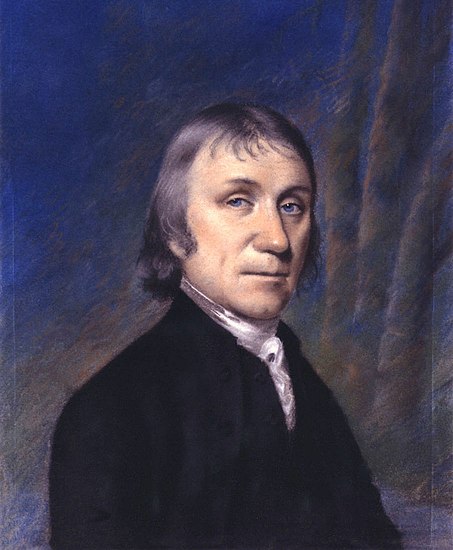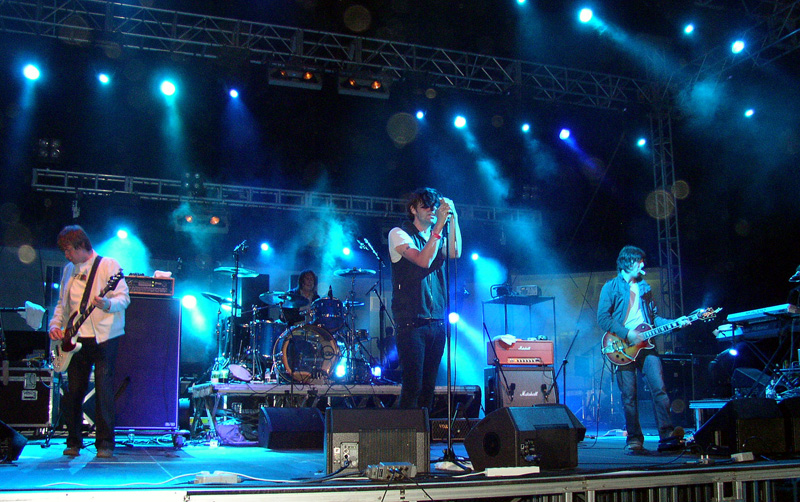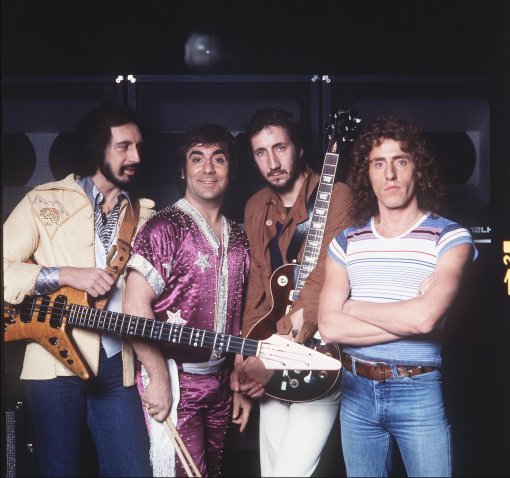Digital Hearing Aids Chester – Digital Hearing Aids Cheshire
Chester abounds in history. There are also a few secrets about this town which sits on the River Dee close to the Welsh border.
Some of these secrets are revealed on a walking tour of the town. The Bear and Billet Inn for instance is well documented as a Grade I listed building of historic interest and is thought to be the finest timber-framed 17th century town house in Chester. But did you know it is also the birthplace of John Lennon’s Mother-in-law?
The secrets of the towers in the city walls are accessed only by those who take the tour too otherwise they are a no-go area. The city wall was started by the Romans but continued by the Saxons as fortification around the city. In fact the wall goes almost all around Chester, the most intact of any remaining city wall. The five main towers, all Grade I listed, date from the 13th Century. Both the Water Tower and Bonewaldesthorne Tower which are linked by a spur, were opened as a museum in the 19th Century and closed soon afterwards.
Secrets
Do you have any secrets? Do you try to hide the fact that your hearing is not very good? It’s a common position that those with failing hearing are loath to accept the fact. Castle Comfort Hearing can help you to realise it, test for the degree of hearing loss and equip you to improve your hearing.
You can read more about our free audiology tests and organise one for yourself by giving us a call on 01782 698090 or contacting us using our online form here.
All down to the Romans
Chester’s history began with the Romans who built a fort or castrum here, Deva Victrix way back in 79AD. We all know the Romans made an impact and it is no different in Chester. Eastgate, Northgate, Watergate and Bridgegate follow the original roads laid out by the Romans at this time. The fort itself is 20% larger than other regional fortresses which have led to speculation that the Romans intended it to be the capital.
Part of Chester’s proudest heritage is the Roman Amphitheatre on the southern edge of the town. It is the only one in Britain and was probably used for army drill originally as well as entertainment.
By the 5th Century the Saxons had taken over and they fortified the city further and gave it the name we know it by today. Chester was one of the last English towns to come under Norman conquest and they immediately set about building a castle. What remains of this Motte and Bailey castle today is open to the public. Much of it was demolished to make way for County Hall, Courts, a prison and barracks in the 18th Century.
Chester Rows and other medieval buildings
You can’t talk about Chester without mentioning the Rows. They are completely unique to Chester and don’t appear anywhere else in the world.
They are thought to be built on rubble from old Roman buildings. The undercrofts or crypts – generally used for storage - were built from stone with timber buildings above. At street level are another row of shops which you often have to step down into. On the first floor, there are more shops with a covered walkway. The living quarters are on floors above this.
The Rows date from the medieval period though most of the buildings were refurbished in the Victorian era. Not much of the originals remain apart from the old stone undercrofts.
Stars in Chester
The current James Bond, Daniel Craig who has played this role for the last 7 years was born in Chester.
Craig is just one of several actors and actresses who claim Chester as their place of birth. Others include:
· Basil Radford, a character actor known for roles in films such as Passport to Pimlico
· The late Hugh Lloyd a comedy TV actor known for his collaboration with Terry Scott in Hugh and I
· Ronald Pickup who had a part in the first Dr Who and went on to appear in classical theatre productions, TV and film. He was one of the stars in last year’s, the Best Exotic Marigold Hotel
· The actress and presenter Emily Booth
· Ray Coulthard best known for his role as Alasdair Sinclair in the soap Emmerdale
· Emma Cunliffe who has appeared in a number of notable TV series including The Lakes and Clocking Off as well as in Women beware Women for the Royal Shakespeare Company
· Adrian Bower best known for his role as Brian Steadman, the original PE teacher in the TV series Teachers
Chester’s links to football are long. Chester City FC was founded in 1887 and lasted until 2010 when unfortunately they went out of business. Over the years some notable players were part of the team including Cyrille Regis, Lee Dixon, Steve Harkness, Roberto Martinez and Stan Pearson.
Today a new club Chester FC play at the official ground, Deva Stadium which is half in England and half in Wales!
As well as its own team, Chester can also boast a fair few sports people who claim the city as their birthplace:
· England footballer Michael Owen who currently plays for Stoke but has played for Manchester United and Liverpool
· Another England footballer Danny Murphy hails from Chester too. He currently plays for Blackburn Rovers and has played for Liverpool, Fulham and Tottenham Hotspur
· Nottingham Forest footballer Danny Collins who has 12 Welsh caps also comes from here
· Another Welsh International player, Andy Dorman started life in Chester
· As did England and Stoke City player Ryan Shawcross
· Former Crystal Palace player Antonio Pedroza hails from Chester too
· Sir Doug Ellis, aka Deadly Doug, the former owner of Aston Villa came from Chester. Ellis was the first football owner to pay himself a salary and is reported to be worth £10 million mainly from selling his shares in Aston Villa. He donated £400K to a Learning Hub bearing his name at the University of Birmingham’s Medical School
· In the rugby stakes brother Patrick and Alex Sanderson both came from Chester
· Gymnast and Olympic gold medallist Beth Tweddle grew up in Bunbury near Chester
Our Five senses
We have five senses of which hearing is one. Our senses make us aware of the world around us. Any loss or impairment of any of our senses, especially if it is permanent, is difficult to deal with.
Here’s a thought. Use your sixth sense to realise that there is something you can do to improve your loss of hearing. There are many causes of impaired hearing from genetic to environmental noise damage, from ageing to earwax. If you can’t hear as well as you used to, it’s time to get your hearing checked.
Call us on 01782 698090 so that we can organise a free hearing test with an audiologist who understands the intricacies and mechanics of the ear. The test is simple and will measure the loss of hearing in both ears rather like an optician measures how well each eye sees.
If you need an aid to help you hear, the audiologist will recommend the type of hearing aid and show you how to fit and clean them. Don’t suffer in silence get in touch now!



.jpg/800px-DevaMinervaPlan(bq).jpg)







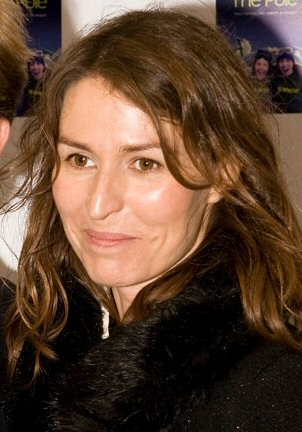



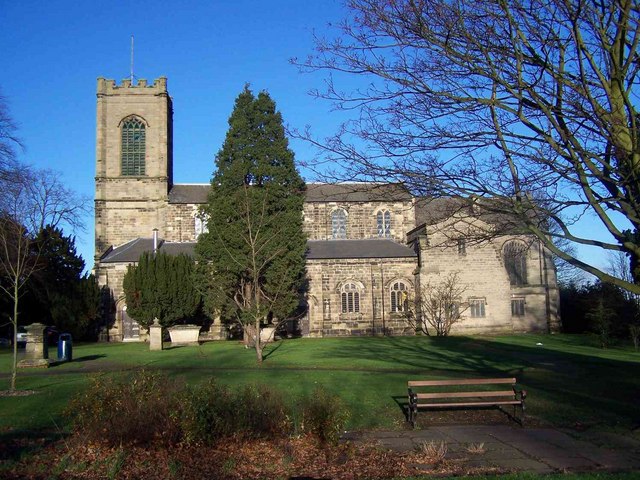
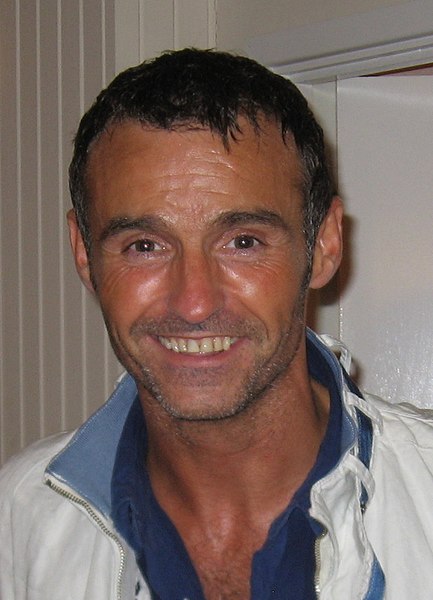
_-_geograph.org.uk_-_872537.jpg)




















